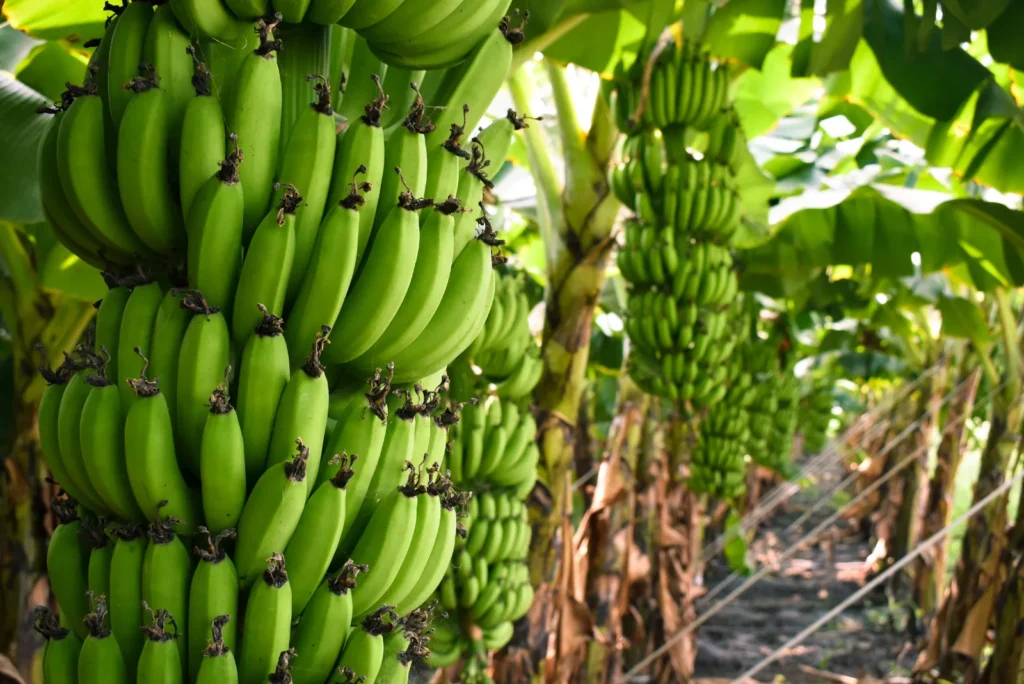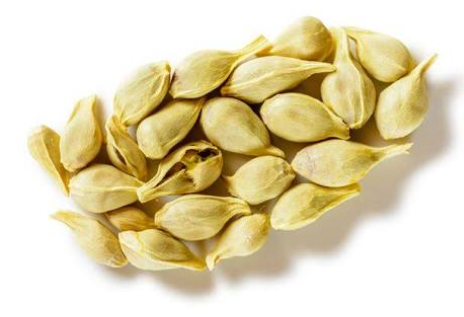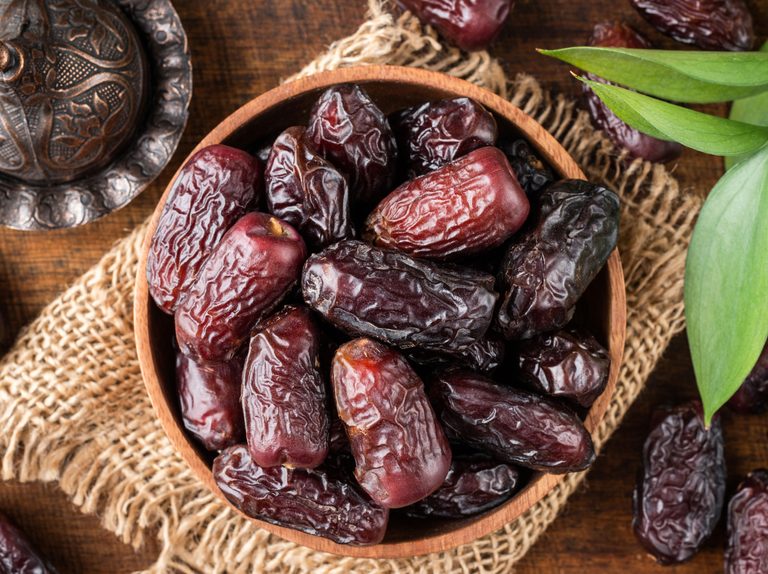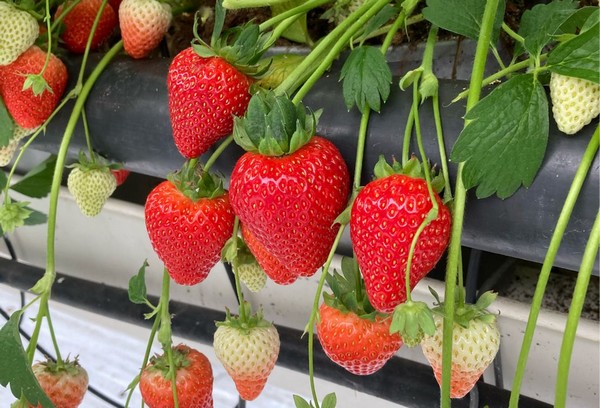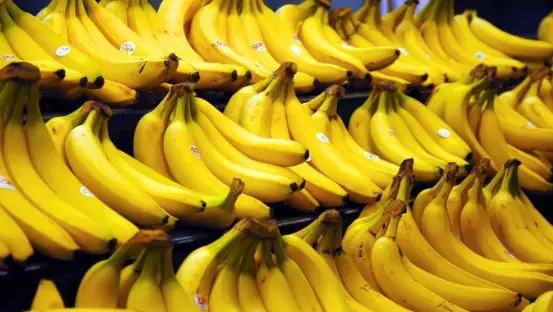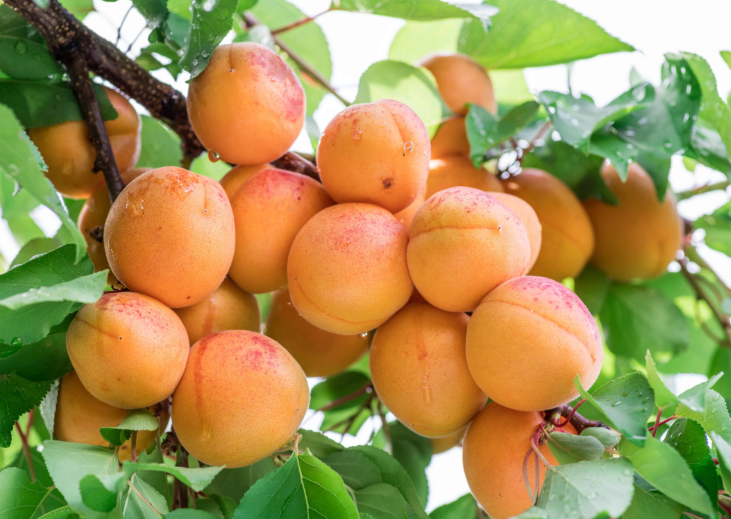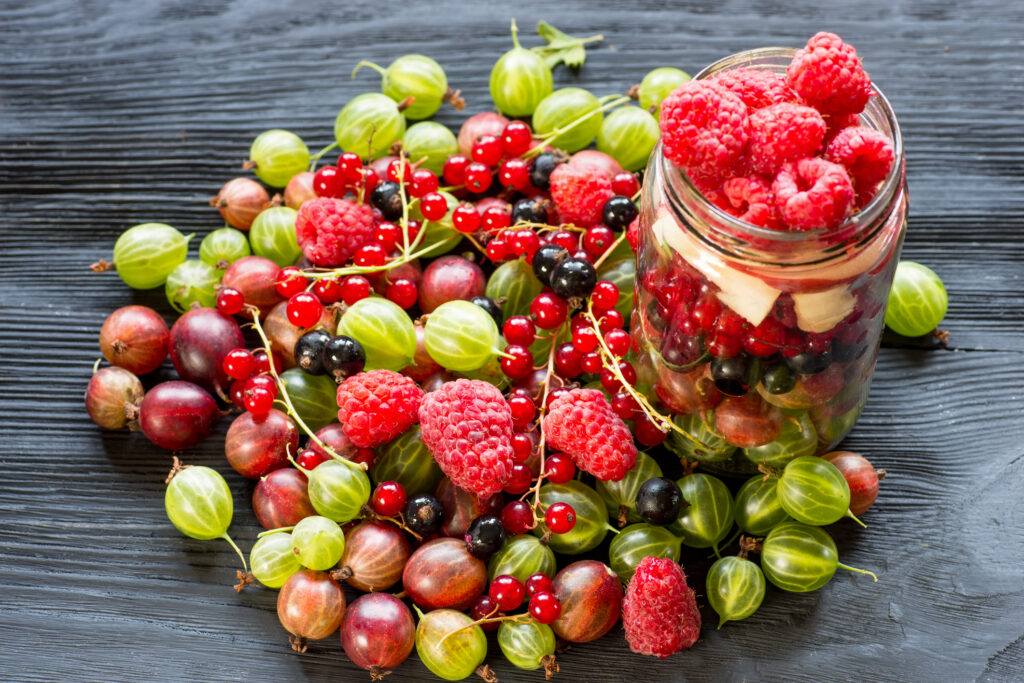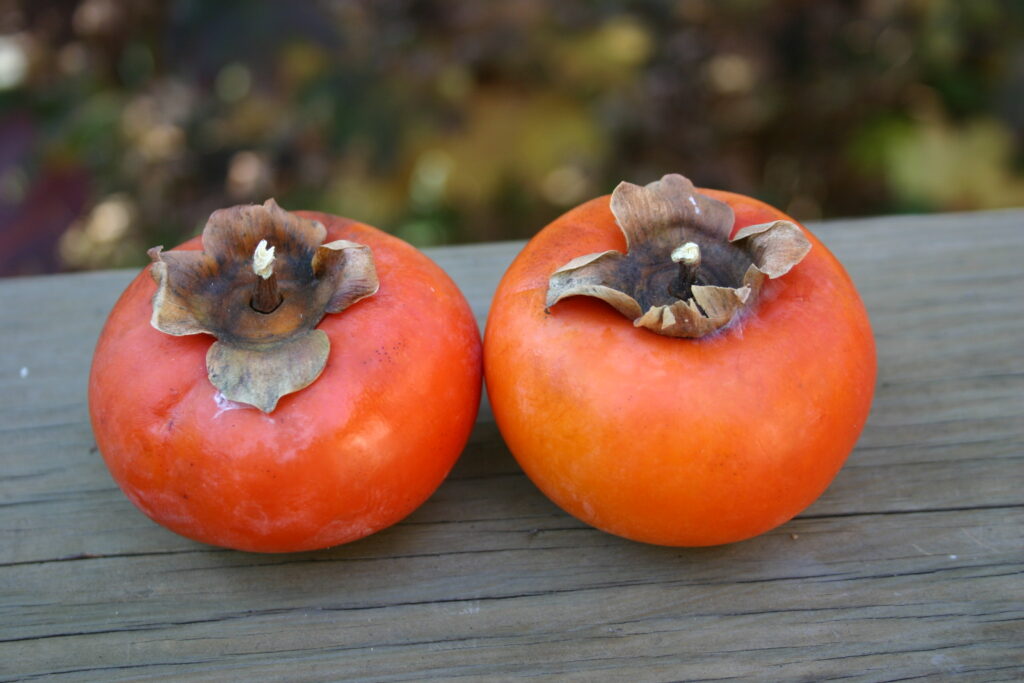Many people think that bananas stand alone as a special type of fruit. But scientists who study plants tell us that bananas actually fit into the berry category according to the rules of science. You may find it weird, but if you look at what makes a berry from a science view, this fruit puzzle starts to make sense.
Table of Contents
- Understanding What Makes a Berry
- 1. Soft Outside Part
- 2. Seeds Inside
- 3. Grows From a Single Flower Part
- Taking a Closer Peek at Banana Parts
- 1. Seeds
- 2. Growing From a Flower Part
- 4. Peeling Skin
- 5. How They Hang Together
- Why All the Mix-Up? Everyday Ideas vs. Science Words
- 1. Regular Grouping vs. Science Grouping
- 2. What We Think We Know
- 3. Used to It Equals Assuming
- The Debate Over Bananas Being Berries: Exploring Different Views
- “Bananas Aren’t Generally Seen as Berries!”
- “Bananas Today Are Very Different Because of Farming”
- “To Me, Bananas Don’t Look Like Berries!”
- Key Points: Why Are Bananas Considered Berries?
Understanding What Makes a Berry
To figure out how bananas are berries, we have to know what things make a fruit a berry to scientists.
Here are the three main things:
1. Soft Outside Part
Berries have a soft outside part that holds the seeds. Unlike some fruits that have a hard or rough outside, berries have a squishy and soft one. Bananas have this too, with a soft part around the seeds.
2. Seeds Inside
Instead of having a stone or middle part, real berries have seeds spread through the inside part. Bananas have their seeds like this too, like tiny dark dots in their soft middle part.
3. Grows From a Single Flower Part
The last big fact is that berries grow from a single part of the flower called an ovary. Bananas grow from just one ovary as well, which means they check off all the things needed to be a real berry.
Knowing these berry facts helps us see why bananas are actually part of this group. They have what it takes on the inside and outside.
Taking a Closer Peek at Banana Parts
Looking more into what’s inside bananas can give us more hints that they really are berries. Bananas have the kind of seeds and make-up that match with other berry family fruits.
1. Seeds
Although sometimes hard to see, every banana has tiny black seeds in its middle part. These seeds might not grow into new plants, especially in bananas grown for food, but they are still there. Wild bananas have bigger seeds that show they truly are like berries.
2. Growing From a Flower Part
Like we said before, a berry comes from one part of a flower. Bananas also start growing in this same way, getting bigger and turning into the shape we know.
After a flower gets pollen, the banana starts to get bigger from the one ovary, and the inside gets made while more seeds form in different parts inside.
4. Peeling Skin
Berries have a thin skin on the outside that covers the squishy part inside. Bananas have this too—a peel that you can take off to get to the soft fruit inside.
When bananas get riper, their peel gets thinner and changes from strong and green to a softer yellow color, and the inside gets sweeter. This shows us that bananas really are like other berries in the way they are built.
5. How They Hang Together
Not only do bananas themselves match the berry rules, but the way they grow together does too.
Bananas grow from the plant in hands, and these hands stick together to make a bunch or a big group.
And it’s not just bananas—grapes, blueberries, cranberries, and lots of other berries grow in groups too. This group-growing is another point that puts bananas in the berry category.
Why All the Mix-Up? Everyday Ideas vs. Science Words
If bananas really are berries, why don’t we just say that? It’s because there’s a mix-up between how everyday people and scientists sort foods.
1. Regular Grouping vs. Science Grouping
When we talk normally, we put foods in groups based on how they taste, what they feel like, and how we cook or eat them. Like raspberries and strawberries seem sweet and good for making jams, so we call them fruits.
The tricky part is that science says raspberries aren’t really fruits because they come from more than one ovary. Instead, they are called aggregate fruits by science folks.
This shows how the usual way we group foods and the scientific way can be different. And bananas aren’t left out from this kind of mix-up.
2. What We Think We Know
To our eyes and taste buds, bananas don’t look or feel a thing like what we usually call berries. They’re big, have a particular shape, and their bright yellow peel sets them apart from small fruits like blueberries or raspberries.
That’s why, even though they are scientifically berries, people don’t usually call them that in everyday chat.
3. Used to It Equals Assuming
In the end, bananas are so common in our lives that we don’t often stop to think about what they really are. They’ve got their usual name and a set place in how we eat across many cultures, so people don’t really question it.
If we found a brand new fruit that matched a banana’s science facts, we’d probably call it a berry right away. But because bananas are so well-known, we just stick to what we’ve always thought they were.
Even though we don’t use the word much, bananas are grouped as berries in science. They have all the stuff that berries should have according to science rules, even if it doesn’t seem that way to most people.
The Debate Over Bananas Being Berries: Exploring Different Views
Even though bananas meet several requirements to be called berries, some people don’t agree they should be classified this way. Let’s look at the main reasons people think bananas aren’t berries and explain why, scientifically, they still fit the category.
“Bananas Aren’t Generally Seen as Berries!”
True, most people don’t put bananas in the same group as strawberries or blueberries. However, everyday language and understanding shouldn’t be more important than what science tells us about bananas.
People usually decide what a berry is based on how it looks, tastes, and how we use it, not on its scientific background or where it comes from. So while bananas might not be the first thing that comes to mind when you hear “berry,” they are correctly classified as berries when you look at the science.
“Bananas Today Are Very Different Because of Farming”
It’s true that humans have changed bananas a lot to make them more enjoyable over hundreds of years. This might make today’s bananas seem quite different from their wild ancestors.
But all this breeding and changing hasn’t changed their basic genetic makeup or body structure. Bananas have kept their way of reproducing from a single part of the flower and this links them to other berries, botanically speaking.
“To Me, Bananas Don’t Look Like Berries!”
Many berries, like blueberries and cranberries, are small and easy to pop in your mouth, which looks nothing like bananas that are long and need to be peeled. But for scientists, what makes a berry a berry is its family history and what’s inside, not its size, shape, or color.
Although bananas may not look like what we think of as berries, they still have the important scientific characteristics: they come from a single flower part and have seeds surrounded by tasty flesh.
Key Points: Why Are Bananas Considered Berries?
- Scientists say bananas are berries because of their soft outer layer, seeds on the inside, and because they grow from a single flower part.
- Bananas are related to other berry plants as they are all part of the Zingiberales plant family.
- Even though bananas have been changed by humans to look different, their basic berry-like features have not been changed.
- Often, people don’t think of bananas as berries just because they’re not used to the idea.
To sum up, bananas might not look or feel like other berries, but they share many of the same plant qualities that make them berries in the science world. They grow from a part of a flower and have seeds inside their fleshy part, and they’re even related to plants that make berries. It’s interesting to think about this the next time you eat a banana and remember that, by the rules of science, you’re enjoying a berry!

